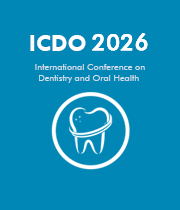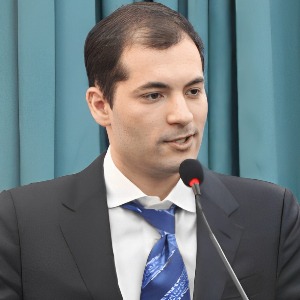Title: Improving orthodontic diagnosis and treatment through digital analysis of dentition position relative to the LP coordinate parameter
Abstract:
Anomalies in tooth position, occlusion, and jaw alignment affect over 70% of children and 30% of adults, impacting facial aesthetics and dental function. Traditional diagnostic methods—clinical examination, cephalometry, anthropometry, and radiography—are now supplemented by digital technologies, which streamline data collection and enhance facial aesthetics analysis. However, gaps remain in understanding age-related changes and the relationship between jawbone abnormalities and soft tissue dynamics. This study introduces a novel diagnostic approach using the LP coordinate parameter, derived from the intersection of the N-Po line (a stable anthropometric reference) and the occlusal line, to assess dentition position in three dimensions.
The research aims to:
- Develop a method for evaluating tooth, dentition, and occlusion position relative to the LP parameter.
- Create a digital program for simultaneous analysis of upper and lower dentition using LP, including apical base assessment.
- Establish normative angular, linear, and index values for facial aesthetics via computer analysis.
Volunteers with normal occlusion were scanned to generate STL models, with anthropometric points marking transversal/sagittal dentition parameters. Key findings include correlations between tooth size and dentition width/length, and the distal displacement of dentition relative to LP with larger teeth. The proposed digital tool automates positioning via palatal fold landmarks, enabling standardized analysis. This innovation promises to enhance diagnostic precision and personalized treatment planning for distal occlusion cases.




